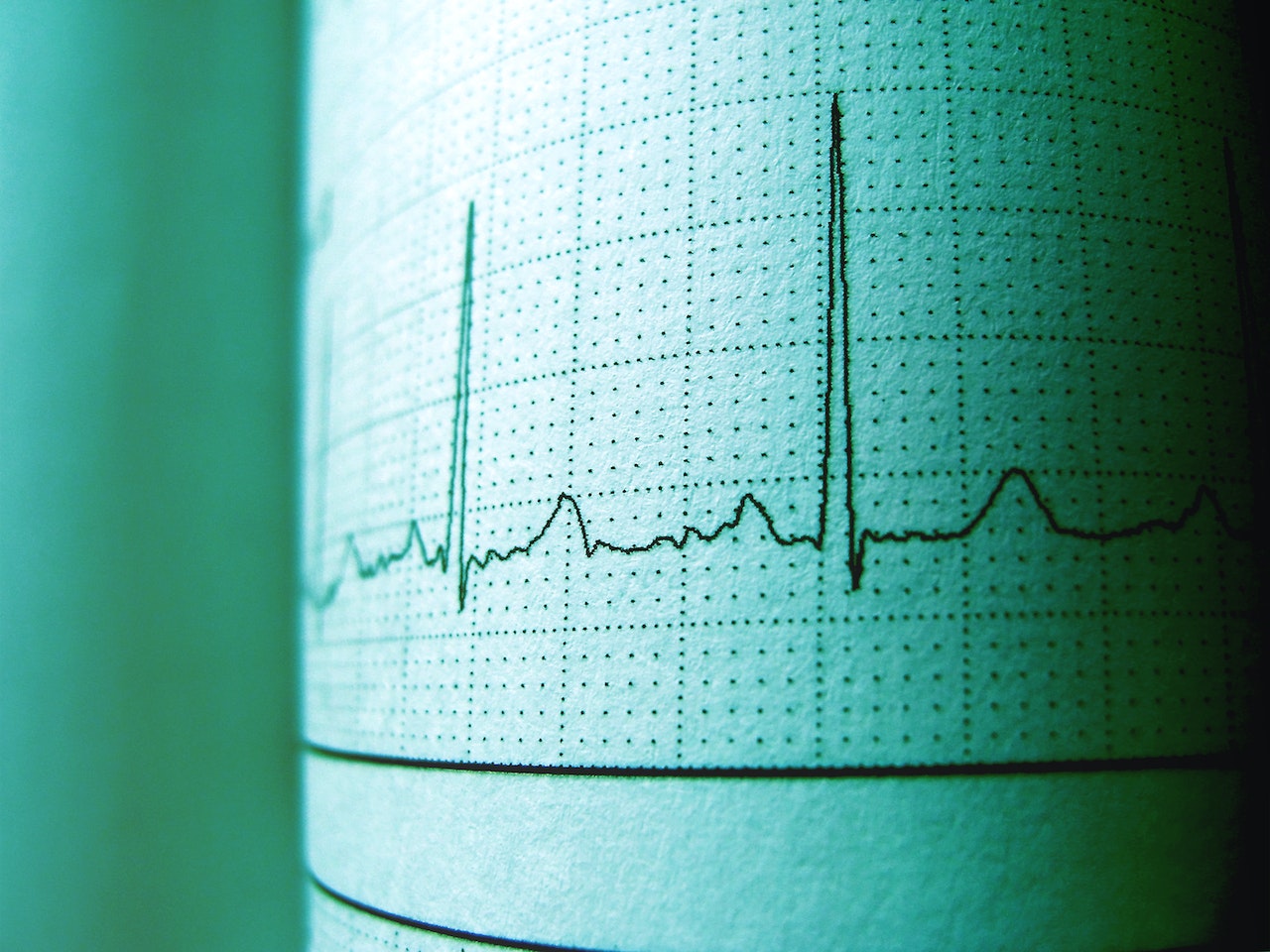Frequency and wavelength are fundamental concepts in physics and engineering, particularly in fields such as electronics, telecommunications, and optics. Different systems of measurement, such as the English system and the Metric system, offer distinct units and conventions for measuring frequency and wavelength. In this article, we will delve into the intricacies of measuring frequency and wavelength in both systems and discuss their similarities and differences.
Let’s begin by examining the units of measurement in the English system. In this system, frequency is often measured in hertz (Hz). The hertz represents the number of cycles or oscillations of a wave that occur in one second. For example, a frequency of 100 Hz signifies that a wave completes 100 cycles in one second. This unit is commonly used in discussions related to sound, radio waves, and electronic signals.
Wavelength, on the other hand, is not commonly expressed in the English system using specific units. Instead, it is often measured in terms of the physical distance between successive crests or troughs of a wave. For instance, the wavelength of a sound wave can be measured in meters, while the wavelength of light is often measured in nanometers or micrometers.
In the Metric system, frequency is also measured in hertz (Hz). Like the English system, the hertz is the standard unit for expressing the number of cycles or oscillations per second. The use of the hertz is consistent across both systems and is universally recognized in scientific research and engineering applications.
Wavelength, in the Metric system, is usually expressed in meters (m) or its submultiples, such as millimeters (mm) or micrometers (µm). The choice of unit depends on the specific wavelength being measured. For example, radio waves might have wavelengths in the meters range, while visible light might have wavelengths in the nanometers or micrometers range.
To convert between units of frequency and wavelength in the English and Metric systems, one must use specific conversion factors. For frequency, there is generally no need for conversion, as the hertz is the same unit in both systems. However, for wavelength, the English system’s lack of a standardized unit can complicate conversions. It’s important to understand the context and the specific units being used to accurately perform conversions.
The relationship between frequency and wavelength is a fundamental aspect of wave propagation. The speed of a wave (v) is the product of its frequency (f) and its wavelength (λ), which can be expressed by the equation v = f * λ. This relationship is independent of the measurement system used and remains consistent across different units.
While both systems share the same unit for frequency (hertz), the Metric system’s consistent use of meters for measuring wavelength offers certain advantages. Using meters as the base unit aligns with the International System of Units (SI) and simplifies calculations involving the speed of light or sound, as the speed of light is approximately 299,792,458 meters per second.
In contrast, the English system’s lack of a standard unit for wavelength can lead to complexities in measurement and conversion, especially when dealing with various types of waves, such as radio waves, microwaves, and light waves, each with vastly different wavelengths.
The adoption of the Metric system’s approach to wavelength measurement is particularly useful in scientific research, engineering, and telecommunications, where precise measurements and consistent units are essential. This consistency ensures accuracy and facilitates effective communication across disciplines and countries.
In recent years, there has been a global effort to promote the use of the Metric system as the standard measurement system, including for frequency and wavelength measurements. The adoption of the Metric system’s units, such as hertz for frequency and meters for wavelength, promotes international standardization, efficient communication, and a unified understanding of wave phenomena across borders.
Measuring frequency and wavelength involves the use of units such as hertz for frequency and various units, such as meters, millimeters, or micrometers, for wavelength. The hertz is universally recognized and used in both the English and Metric systems to measure frequency. However, the Metric system’s consistent use of meters for measuring wavelength offers advantages in terms of simplicity, alignment with the SI, and ease of calculation. Understanding these differences is crucial for accurate measurements, effective communication, and successful collaboration in various scientific, engineering, and technological fields.


